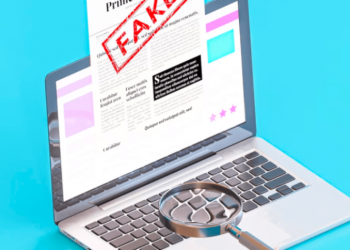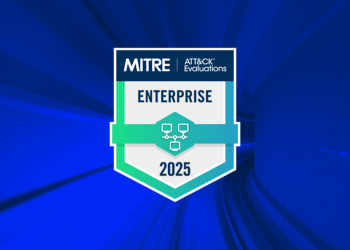In a world driven by technology, our digital lives have become an intricate web of information. However, this interconnectedness also exposes us to various security threats and privacy invasions.
As we navigate through this digital landscape, the need to reinforce our defenses against cyber dangers has never been more critical. In this piece, we’ll unravel some ingenious software hacks and best practices that will transform you into a digital guardian, protecting your precious data, enhancing your security and privacy, and fortifying your online stronghold.
From the impenetrable shield of two-factor authentication to the secret vault of password managers, and the encrypted walls safeguarding your files, let’s embark on a journey to empower you with the ultimate security and privacy arsenal. Lock and load for a safer, worry-free digital adventure
1. Enable Two-Factor Authentication (2FA):
Two-Factor Authentication is an extra layer of security that adds an additional step to the login process. It requires users to provide not only their password but also a secondary verification, typically a one-time code sent to their mobile device or email.
Enabling 2FA on your accounts will help you create a significant barrier for potential hackers. Even if your password gets compromised, the attacker would still need access to your mobile device or email to complete the login process, making it much harder for them to breach your accounts.
2. Embrace Password Managers:
One of the most common mistakes people make is using weak or repetitive passwords across multiple accounts. Password managers are tools designed to generate, store, and autofill complex passwords for each of your accounts.
This ensures that each account has a unique and robust password, significantly reducing the risk of unauthorized access. Additionally, password managers encrypt your data, providing an extra layer of protection against potential breaches.
3. Encrypt Your Files:
Encrypting files ensures that only authorized parties can access their contents. Whether you’re storing sensitive documents or backing up important data, encryption is a must.
Many operating systems offer built-in encryption tools, or you can use third-party software to encrypt individual files or entire drives. In case your device falls into the wrong hands or is compromised, encrypted files will remain inaccessible, safeguarding your valuable information.
4. Adopt Secure Browsing Techniques
Browsing the internet can expose you to various security risks, such as phishing attacks and malicious software. To enhance your online security, consider the following practices:
- Keep your software up to date: Regularly update your operating system, web browsers, and plugins to patch potential vulnerabilities.
- Use HTTPS: Ensure websites you visit have HTTPS enabled, especially when handling sensitive information or making online transactions. HTTPS encrypts data during transmission, preventing eavesdropping and data interception.
- Utilize a Virtual Private Network (VPN): A VPN encrypts your internet connection, adding a layer of anonymity and security while browsing. It also protects your data when using public Wi-Fi networks.
- Be cautious with downloads and email attachments: Only download files from trusted sources, and avoid opening email attachments from unknown senders, as they may contain malware.
5. Protect Sensitive Information
In addition to the software hacks mentioned above, protecting sensitive information requires a combination of technical measures and responsible digital behavior:
- Regularly back up your data: In case of a security breach or data loss, having regular backups can be a lifesaver.
- Be mindful of sharing personal information: Limit the amount of personal information you share online and on social media platforms. Cybercriminals can use this information to target you with phishing attempts or identity theft.
- Educate yourself and your employees: If you run a business, educate your team about security best practices to create a security-conscious culture.
Conclusion
Enhancing security and privacy in our digital lives is an ongoing process. By implementing these software hacks and best practices, you can significantly reduce the risk of falling victim to cyber threats.
Always stay informed about the latest security developments and be proactive in safeguarding your digital assets. A more secure and privacy-focused approach to technology will grant you peace of mind and empower you to enjoy all the benefits the digital world has to offer.












